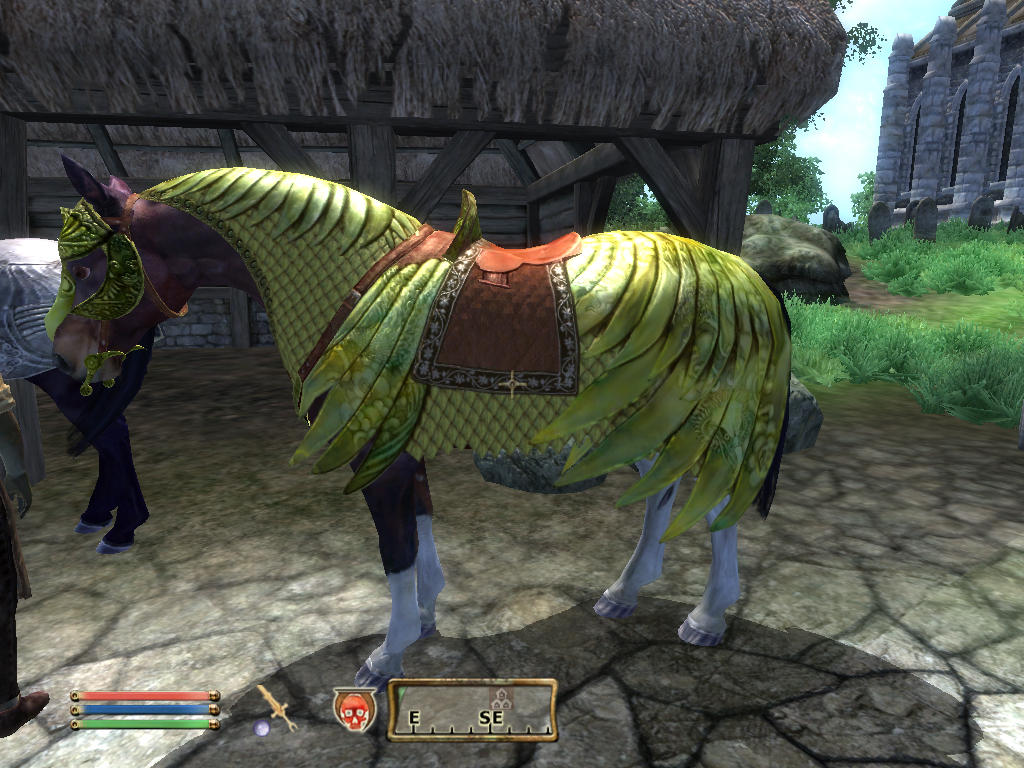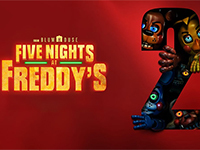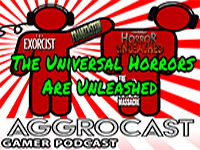
Expansion packs have been around since the mid 90's in the PC world. Back when the PC dinosaurs ruled the video game landscape (and just about any game could be played on any computer without a video card that costs more than a PS3), if there was a successful game, a half a year or so later we would see an expansion pack. People who enjoyed a game could purchase more content for around $20 to $30-ish. Don't quote me on this, but the first expansion in my memory was the level add on pack for Doom II released in 1995 called "Doom II Master Levels." It was, as the title described, a few professionally designed and hundreds of amateur levels where people who loved slaughtering Pinky Demons in levels that looked like a cross between the settlement from Aliens and a bowl of spaghetti.
It has been this gaming generation (2005 - present) where we have really seen the first changes to the concept of expansion packs in the 15 years or so they have been prevalent in the industry. As far as I can tell, it all started with Bethesda's Oblivion. I remember VERY vividly when Oblivion came out (way back when in the far off time of 2006). I had a shiny new graphics card installed, a whole gig of ram to power the game and a thirst for normal-mapped, HDR-lighted, bloom-filled bliss that was the wildly popular open world fantasy role playing game. After having spent two weeks of my life away from job, girlfriend (eventually to be my wife) and regular crew, I was tired, happy and about 10 pounds lighter. Ironically, the only thing I could think after completion was "lets see what add-ons are available to expand this experience." I promptly signed on the the Elder Scrolls website (linked above) and went to the download section. I was frankly shocked at what I found. There were plenty of plug-ins alright - all costing around $2.99. I could buy a Wizard Tower, armor for my horse, different weapons, different dungeons to explore, all for that low low price.

To derive a point from my long, boring story above is that after spending $59.99 on a brand new game they expected me to pay $2.99 for horse armor that did nothing but add a slightly new aesthetic to a feature I found quite useless in game. This, for better or worse, is the new trend for our industry. Granted, to develop a AAA title with all the best graphics, voice acting, music and features in 2010, it costs roughly $8 to $9 million dollars (as opposed to roughly half that a console generation ago). With games not going up in price and costing roughly twice as much to develop, publishers need to earn more money to keep their profit margins high (like any business). The question is where do we draw the line as consumers as to what is the value a piece of premium content and whether it warrants the extra expense?
I joked in an article a couple weeks ago about Blizzard selling an Epic Mount in World of Warcraft for $25. The purchase gave no perceivable advantage (which would open up a whole other rant) or additional functionality to other epic mounts in the game. It just allowed you to have a Celestial Steed to ride around, purely for aesthetics. You would think not a lot of people would pay $40 for a game, $30 each for the two expansion packs, $15 a month for a subscription and then $25 for a mount that provides no additional benefit to travel or the other mounts included in the game. That said, sales of the mount are estimated to be around the 80,000 mark. That's an additional $2,000,000 of revenue for Activision/Blizzard. For an aesthetic mount that probably took AN artist half an hour to design (granted, a figure totally pulled out of my ass). How did we assign that value? Would you pay $25 for an in game mount?

(A lot of whining about paying for horses, huh?)
There has also been a lot of controversy regarding Infinity Ward's (another Activision developer) recently released downloadable content entitled the "Stimulus Pack." The $15 DLC is comprised of four multiplayer maps. That's it - no new weapons, no new mission types, no new gameplay modes. Just four new maps to knife and grenade spam on. Going back to the beginning of my article you could get 2,000 Doom maps 15 years ago for roughly the same price.
On the other side of things Valve just released a free DLC package for L4D2 entitled "The Passing" (which you can read my first thoughts on here) for free for PC users or for 560 ms points on XBox Live. Is that a good thing though seeing as though someone playing by themselves can get through all of the five L4D2 campaigns in around five hours (probably two thirds of that if they just rush it)?
On the other hand for $9.99 you can get close to 1,000 hours of quality gameplay if you know where to look.
Can all this nickel and diming us be a good thing? Is it helping us enjoy longer the games we love or is it just greedy publishers trying to drain us of every cent we have? Where do we see this leading us in the future? Will premium DLC lead to a better gaming future or a worse one?














































